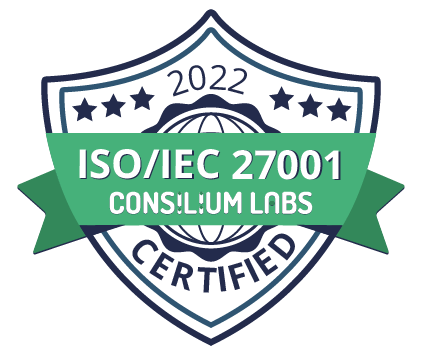How you can realize more value from feature backlog prioritization

In the first blog post in this series, I wrote about the areas within Lean Portfolio Management that involve decision-making and how the developers of LPM activities in their quest to minimize waste may inadvertently introduce more waste by making important decisions based on inaccurate measurements.
In the second blog post in this series, I wrote about three LPM activities: formulating strategic themes, lean budgeting, and prioritization of features in a backlog. I identified what the developers of Lean Portfolio Management get right and where there is room for improvement.
In this blog post – the fifth and final post in the series – I’ll detail how you can realize more value from feature backlog prioritization.

Instead of measuring feature value based on a single spurious “business value” measure...
Figure 1 - WSJF cost of delay hierarchy specified by LPM developers
...base feature value measurement on expected contribution to business value drivers and you will explicitly connect execution with strategy.

Figure 2 - Business value driver hierarchy that provides better measurement of business value and links execution to strategy

Instead of participatory budgeting sessions with crude trade-offs between value and cost...
..Collaboratively score the value of features with respect to your strategic themes or KRIs. This provides more accurate feature values and explicitly links execution to strategy. No need to worry about costs at this point because the optimizer will maximize value for any budget, while also considering dependency, diversification, budget guardrail, and must-do constraints.
Figure 3 - Teamtime evaluation of the contribution of a feature to a strategic theme
 Weighting time criticality and business value equally potentially favors projects with little business value simply because they are time critical. So instead of doing this...
Weighting time criticality and business value equally potentially favors projects with little business value simply because they are time critical. So instead of doing this...
Figure 4 - Time criticality equally important as business value as specified by LPM developers
...move time criticality to the time periods step. This ensures that we don’t over-prioritize time critical features based solely on time criticality, and, with the help of an optimizer, allows us to maximize value and resource utilization.

Figure 5 - Time criticality represented as a time period constraint

Counting risk reduction and opportunity enablement distinctly from business value risks double counting because...
Figure 6 - Risk reduction and opportunity enablement equally important as business value as specified by LPM developers
...risk reduction and opportunity enablement is already embedded in your value drivers

Figure 7 - Opportunity enablement and risk reduction are naturally embedded in strategic themes

Instead of using ordinal scales such as planning poker or t-shirt sizing to assign job sizes...
Figure 8 - Ordinal scales planning poker and t-shirt sizing,

..collaboratively compare job sizes against each other and against previously completed reference jobs..
Figure 9 - Pairwise Comparisons for deriving more accurate ratio scale priorities

... to derive scientifically accurate relative job sizes...
Figure 10 - Relative job sizes

… and using the known size of the reference job, calculate absolute job size estimates that are more accurate than assigning job sizes using ordinal scales.
Figure 11 - Conversion of relative sizes to absolute sizes using a reference job
I hope you enjoyed this backlog series. Please leave a comment below.












